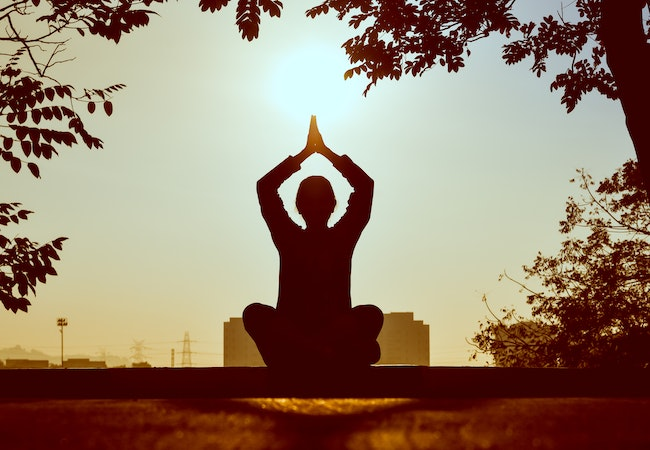Yoga of knowledge& wisdom
| Date :11-May-2025 |

Yoga of knowledge& wisdom
In the scheme of the Geeta, the
first set of six chapters deals
with the path of action, the
second set of middle six chapters
enunciates the path of knowledge and the last set of six chapters advocates the path of devotion. The seventh chapter of the
Geeta is a unique exploration into
the holistic realms of life, both
phenomenal and noumenal. It is
named as Jnana Vijnana Yoga or
the Yoga of knowledge and wisdom. Lord Krishna teaches Arjuna
the wholesome of existence.
To know about the world is
knowledge and to be aware of
one’s own self is wisdom. Lord
Krishna propounds that after
knowing these both dimensions
of human life, nothing is left to
be known. Jnana is intellectual
and wisdom is realisation.
Amongst thousands of people,
only a few try to know and
realise the Ultimate Truth and
among them only a few succeed
in their endeavour. The outer and
explicit dimension of the ultimate
truth is nature. It is constituted of
eight elements, the earth, water,
fire, air, ether, mind, intellect and
egoism. This eightfold nature is
sustained by a higher entity that
is pure consciousness and an
unbroken web of energy. The
Supreme Reality is the substratum and the base of the multiplicity of the natural phenomena.
The entire nature is woven into
the Supreme Reality like the clusters of gems into a thread. It is
the Supreme Reality which
expresses itself into the taste of
the water and the light of the sun
and the moon. It is the realisation
of the seers that the sound is the
symbol of divinity. It is manifested as the OM syllable in the
Vedas.
We find the parallels into
other religions also as Ameen in
Islam and Amin in Christianity.
Further elaborating the thread of
the omnipresence of the Supreme
Reality, Lord Krishna propounds
that the fragrance of the earth
and the brightness of the fire are
all the expressions of the same
Supreme Reality. It is the same
consciousness which throbes
into the life of all beings and
expresses itself as the austerity of
the saints. By summarising his
teachings, Lord Krishna tells
Arjuna that the Supreme Reality
is the seed of the whole creation.
While unmanifest, divinity is the
strength without any desire or
attachment. And when it is manifested as the desire into the
beings, it is not in opposition to
the righteousness.
The entire creation is constituted of three attributes, purity,
activity and inertia. These attributes arise from the Supreme
Reality, but the Supreme Reality
does not exist in them.
It is the
Maya or the veil which distorts
the things. The reflection of the
sun into the water may be
crooked or dirty as per the
reflecting surface, but it does not
affect the sun. Similarly, the
immutable Supreme Reality is not
affected by these attributes of the
physical world. Four types of persons worship the divinity in their
own way. They are, the dissatisfied, the seeker of knowledge,
the pursuer of wealth and the
men of wisdom. Amongst them,
the men of wisdom are the best.
Those who are engaged in misdeeds are deluded and they do
not know the Supreme Reality. A
person gets the result as per his
belief system and perception.
Those who worship natural
forces obtain them and the devotees of the Supreme Reality
merge into the infinite bliss and
consciousness. The veil of ignorance is the barrier for the deluded persons to know the Supreme
Reality. Spirituality is the means
through which one transcends
old age and death.
Towards the end of the chapter, Lord Krishna declares that
those who know the Supreme
Reality know everything. The
Supreme Reality is the pure consciousness and bliss comprising
our innermost core of existence.
Realisation of this dimension is
the liberation from the delusion
and duality of the phenomenal
world. The chapter is ontological
in nature.
(The writer is Former DG
Police & CG, Homeguards,
Maharashtra)
■

By DR BHUSHAN KUMAR UPADHYAYA